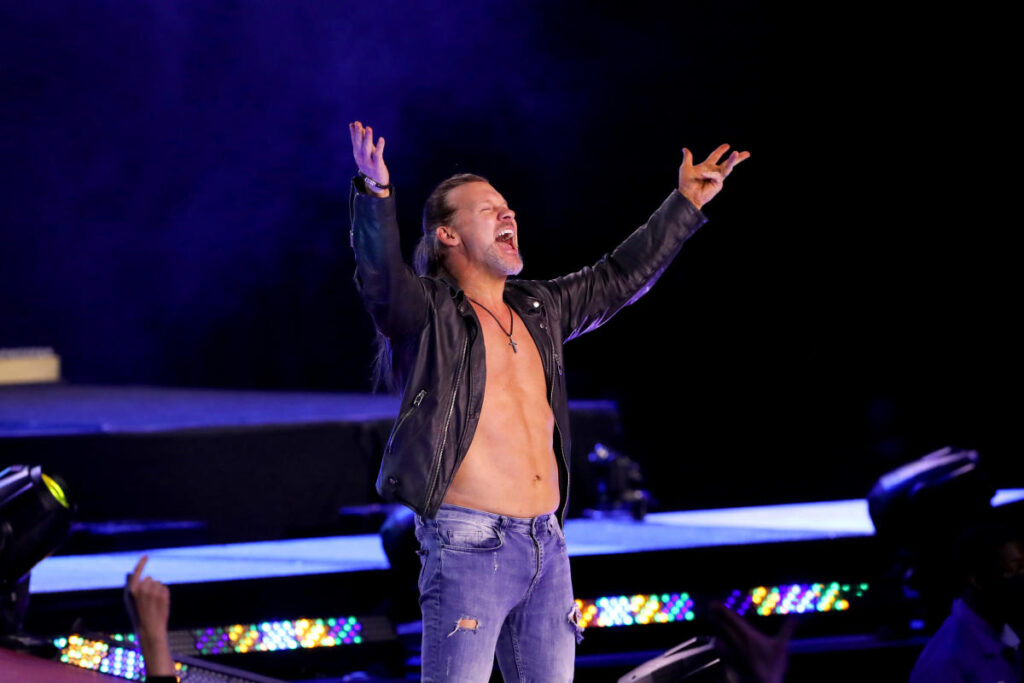The landscape of professional wrestling remains dynamic and enthralling as it moves towards significant events, such as “WWE Survivor Series: WarGames.” In the latest edition of GBU, attention is directed towards ongoing developments in both WWE and AEW, providing a comprehensive overview of the week’s triumphs and tribulations. Notably, the wrestling world resonates with themes of anticipation, mixed performances, and the continual evolution of characters and storylines. Amid this backdrop, fans are treated to a blend of moments that evoke excitement, criticism, and, occasionally, bewilderment. As wrestling enters this exciting holiday season, the mix of the good, the bad, and the ugly provide rich fodder for conversation and analysis.
On a positive note, the potential return of “Raw” and “Smackdown” to three-hour programming has created hopeful murmurs among fans. The possibility of extended episodes implies showcasing a more diverse and fuller roster, allowing for substantive character development rather than rushed segments. Alongside this, WWE’s increasing use of statistics has been well-received. Unlike in previous years, where data played a minimal role, the inclusion of win/loss records and historical match statistics enriches the narrative of wrestlers’ journeys and accomplishments. Moreover, the behind-the-scenes glimpse into CM Punk’s return has piqued interest, sparking conversations about backstage dynamics and reactions—suggesting an insatiable appetite for the behind-the-curtain workings of wrestling.
Further applause is directed towards the introduction of new championships, specifically the Women’s Intercontinental Championship. The recent emergence of a second significant title for women allows for enhanced storytelling, potential rivalries, and a clear elevation of the women’s division’s status within WWE. This could herald a turning point not only for the wrestlers involved but also for their fans who crave an equitable spotlight. Additionally, Big Justice’s impactful spear in the ring has generated buzz among fans, demonstrating that even simple moves can create lasting impressions when executed well, leading to an unpredictable, yet thrilling, atmosphere in matches. Shinsuke Nakamura’s engaging promo work has also resonated, suggesting that emotional storytelling and strong character portrayals continue to be central to effective wrestling narratives.
Amidst the backdrop of developing stories, there remain elements that fans found less favorable. This week, Chris Jericho’s match against Tomohiro Ishii drew mixed reactions, with many fans expressing disappointment at the focus on slapping, which seemed out of place within the competitive framing of wrestling. Meanwhile, the disheartening portrayal of Ricochet, who suffered an unfortunate loss to a mundane clothesline, ignited frustration among fans. This loss serves as a reminder of the challenges wrestlers face in re-establishing themselves, underlining how crucial narrative decisions surrounding character development can be.
Compounding this mixture of good and bad, the weekly recap also sheds light on more peculiar injuries that often verge on the absurd. Bron Breakker’s headlong collision with the announcer’s table delivered a painful shock that highlighted the dangers wrestlers face at any moment. These moments, while often steeped in humor, serve as stark reminders of the precarious balance between performance art and physical endurance that defines wrestling. Nevertheless, it appears that the most engrossing narratives often stem from such unpredictable elements, illustrating that the line between entertainment and risk is both thin and thrilling.
Lastly, while some segments may falter, others shine brilliantly, such as the intense exchanges between the New Day during their 10-year celebration buildup. This particular segment showcased an impressive quality of storytelling, capturing the essence of character evolution and rivalry. With emotional stakes rising, the interplay between Kofi Kingston and Xavier Woods was reminiscent of classic wrestling narrative arcs, leaving fans eager for further developments. The emotional weight of their discussion, marked by mutual taunts and reflections on their journeys, showcases the depth that can be achieved through insightful storytelling and character development.
As the wrestling world eagerly anticipates the upcoming major events, it becomes increasingly clear that the interactions, decisions, and performances within the ring will shape the narratives unfolding throughout the industry. The tantalizing blend of highs and lows proposes an exciting challenge for promotions to effectively manage talent while retaining audience interest amidst fluctuations. In this fluid environment, the hope remains that the industry exceeds expectations, merging the good with the evolving complexity that wrestlers and storylines offer. Wrestling continues to beckon forward with moments of nostalgia, laughter, drama, and the exhilarating unpredictability that keeps fans enthralled week after week.

